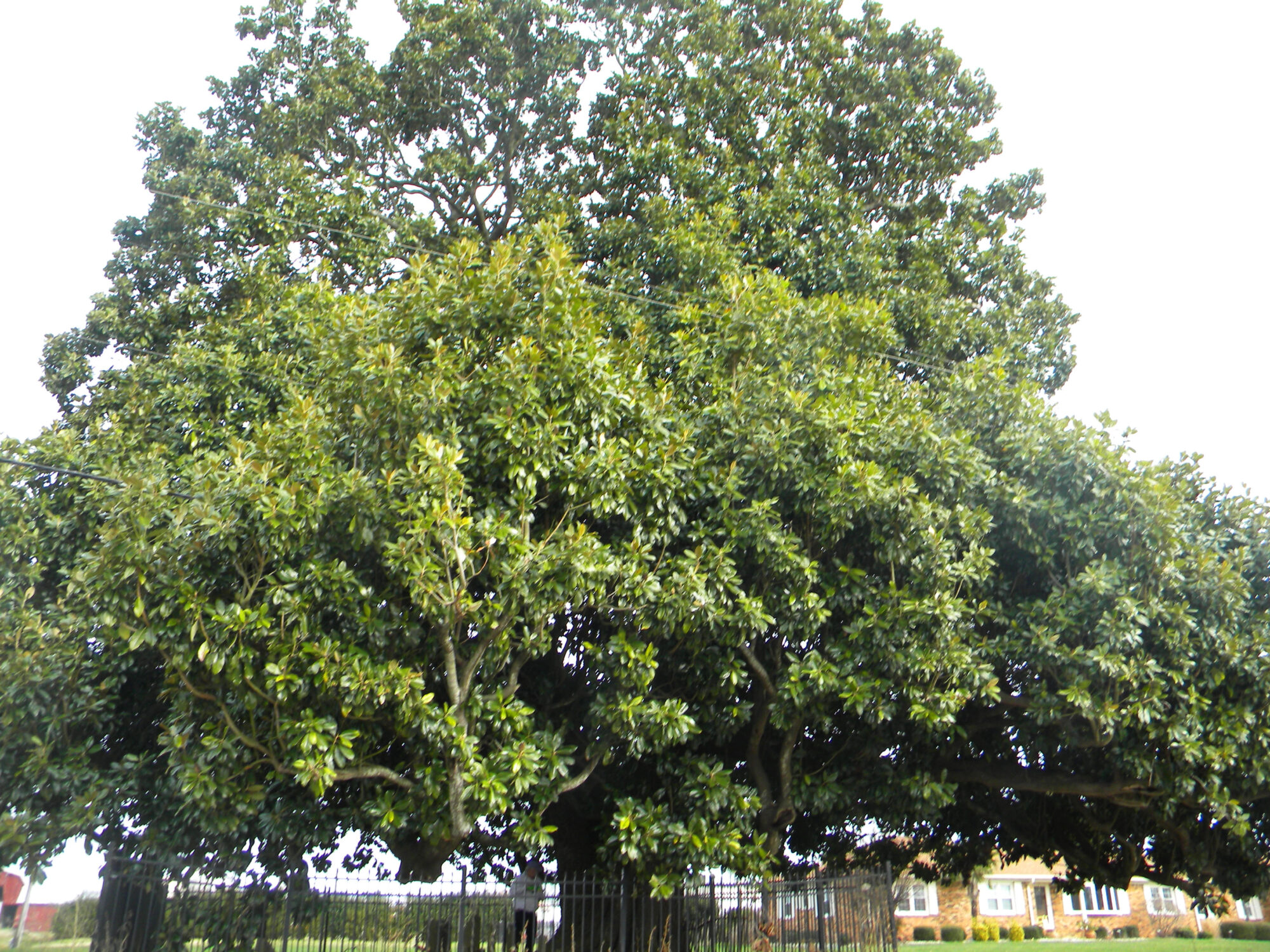“The Virginia Beach Notable Tree (VBNT) Program was founded in 2018 to highlight Virginia Beach’s largest trees of every species. The VBNT Program has been recognized by Virginia Living Magazine in its “Best of Virginia 2019” edition as a “Best New Environmental Program” as well as receiving the “Award of Excellence” by the Hampton Roads Association for Environmental Education. The VBNT Program has been emulated by several different cities across the United States and Canada. The program continues to grow dramatically, with new candidate tree nominations being received on a regular basis.

Background:
In the history of our region, since prehistoric times, Virginia Beach was covered by a dense Maritime Forest. The closest analog today to what our entire city once looked like would be First Landing State Park…dense, multispecies with both broadleaf and evergreen types, moist, deeply mulched. Our historical Maritime Forests featured tens of thousands of Old Growth trees, some of which may have been over 1,000 years old.

The earliest humans in the region were Native Americans who populated the area very sparsely and had very little impact on the trees of the Old Growth Maritime forests. Their semi-nomadic, agrarian lifestyle, supplemented by sustainable hunting and fishing, was quite compatible with the natural flora of the region.
When the early European settlers arrived on our shores, their historical lifestyle and ever-increasing numbers began to have a greater impact on our native Old Growth Maritime forests. The Virginia Company of London, financial sponsor of Captain John Smith’s Jamestown colony in 1607, was interested in monetizing the abundant natural resources the settlers had found in Coastal Virginia. Much of England’s prime forest area had been cut for housing, fuel, and shipbuilding so when Captain Smith’s explorations discovered the vast forests of Virginia, there was impetus to begin harvesting the prime Old Growth trees. At first, as with the Natives, the sparse population had little impact. But as the colonization continued into the 18th century, prime timber became one of the largest exports from Virginia. This trend of population growth and associated deforestation for both agricultural purposes as well as prime timber export, continued and gained impetus throughout the 19th and 20th centuries. By the mid-20th century, in excess of 95% of the Old Growth forests in our area were gone. An Old Growth Forest typically has great biodiversity, with numerous tree specimens between 150-500+ years old. So, once cut, it takes a minimum of 5 human generations of undisturbed tree growth to regenerate such a forest, and more often as many as 10-15 human generations.
All we now have left in the City of Virginia Beach are widely scattered remnants of our once omnipresent Old Growth Maritime forests. Most of our residents, while out and about within VB, have seen an oversized tree that stands out from the rest. Some folks notice and admire such trees, while many others drive or walk by them daily and hardly notice their presence.
The purpose of the Virginia Beach Notable Tree program is to identify, catalogue, memorialize, and publicize those largest Old Growth trees that are the hardy survivors of our Old Growth Maritime forests so that our children and children’s children will recognize and appreciate the multiple generations that these trees have survived every challenge they have faced. They are the oldest living things in our city, and as such should be highlighted and revered by our residents and visitors alike.
These Old Growth specimens may be found on either public or private property. Everyone is welcome to identify and report candidate trees anywhere in Virginia Beach for evaluation and measurement for inclusion in the Virginia Beach Notable Tree program. NOMINATE A TREE to bring a candidate tree to our attention.
LRNow VBNT Resources:
Notable Trees Program metrics
If you would like to learn more about this program email Brent@lrnow.org or call 757-962-5398 and ask to speak to Brent James.



